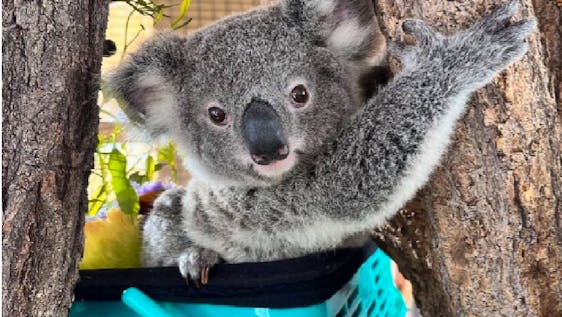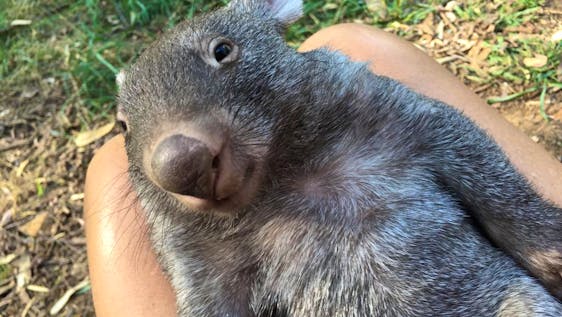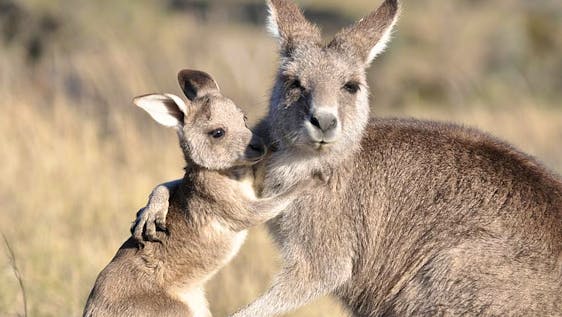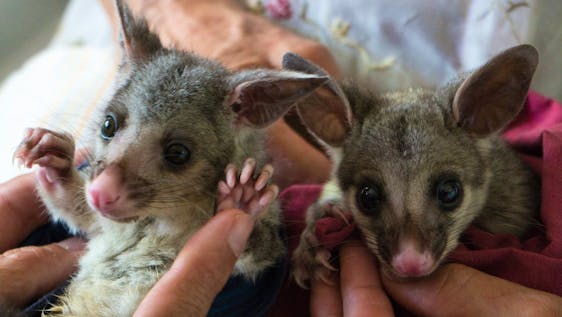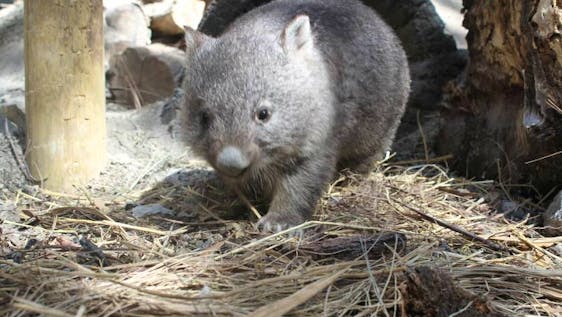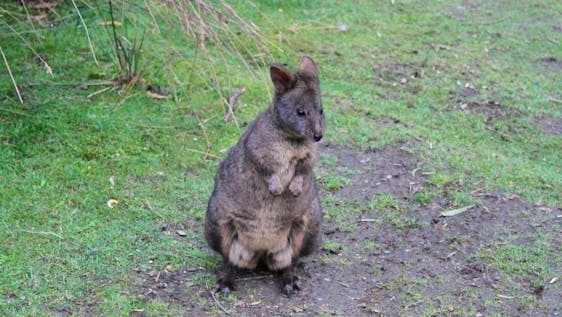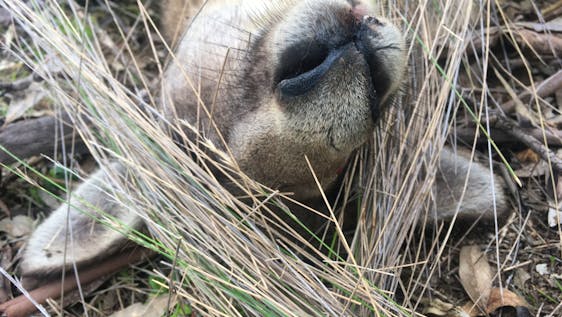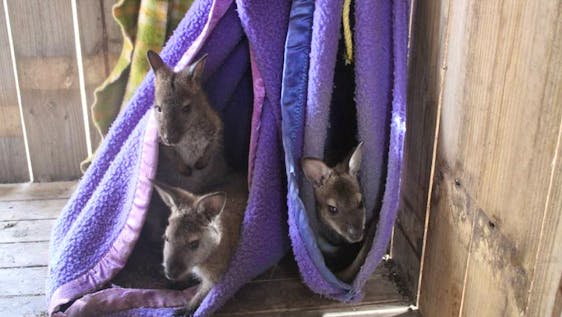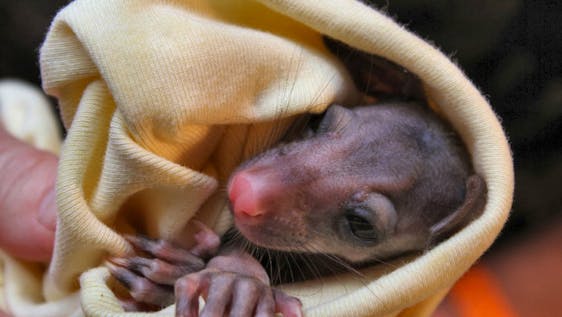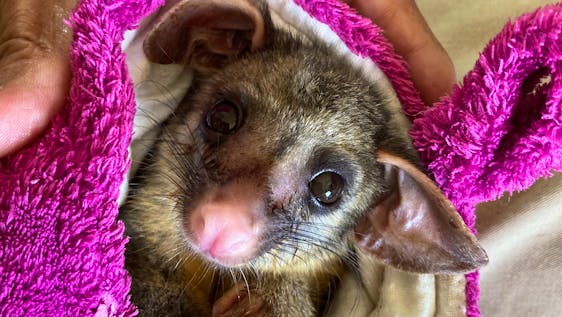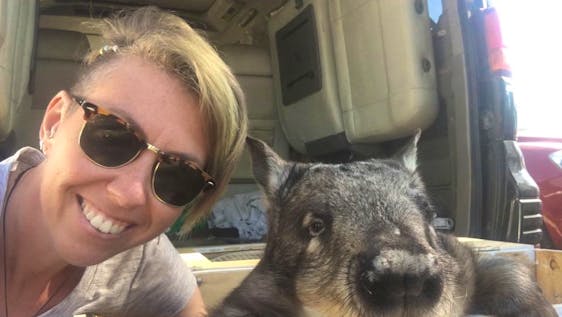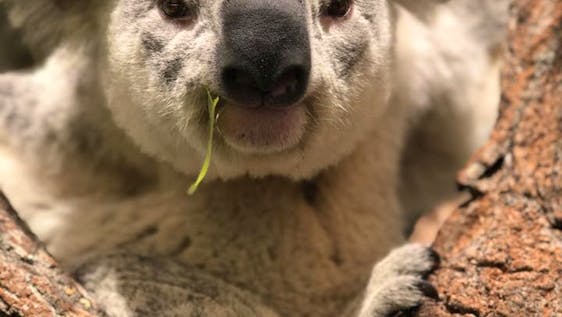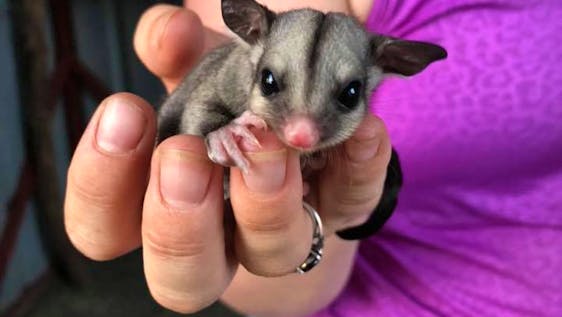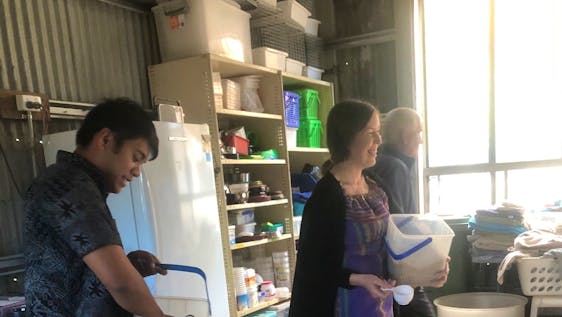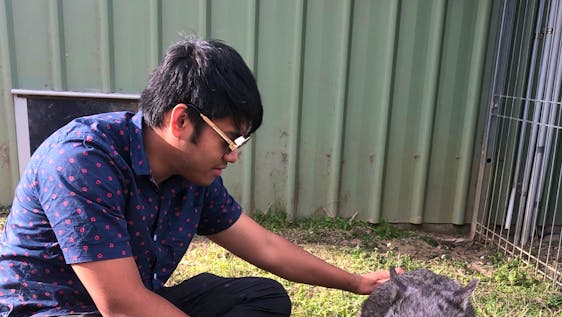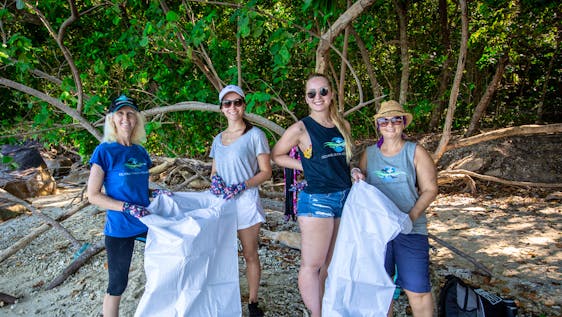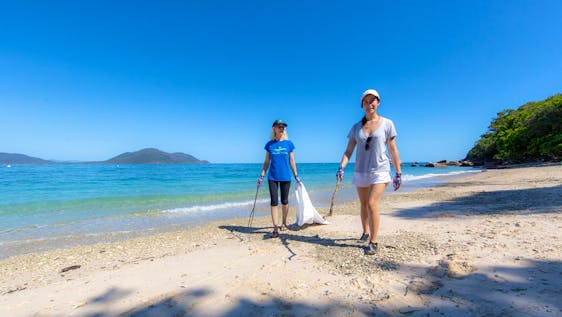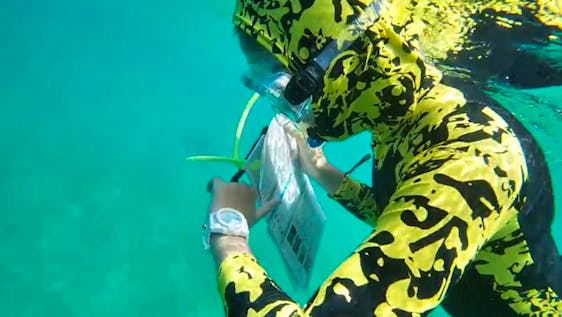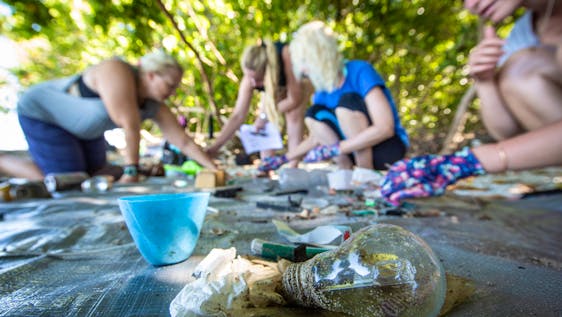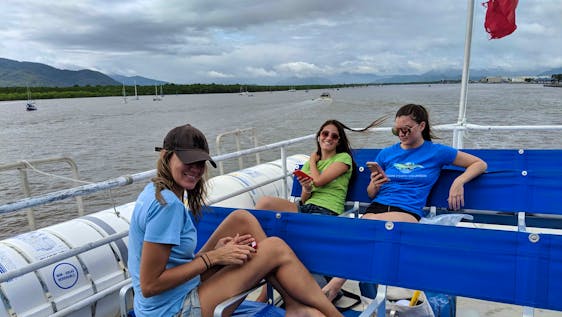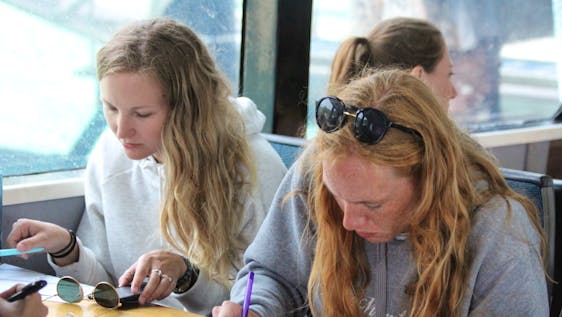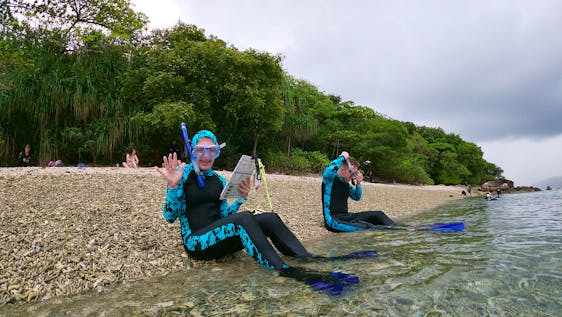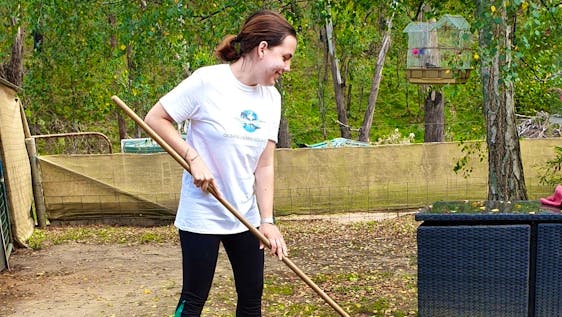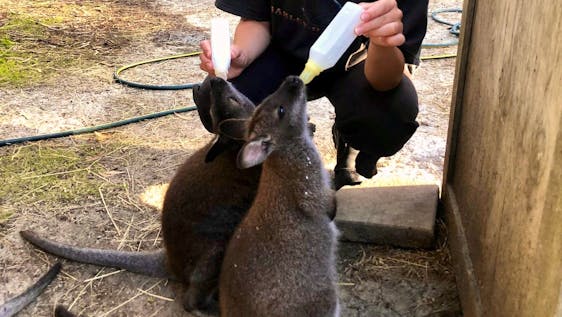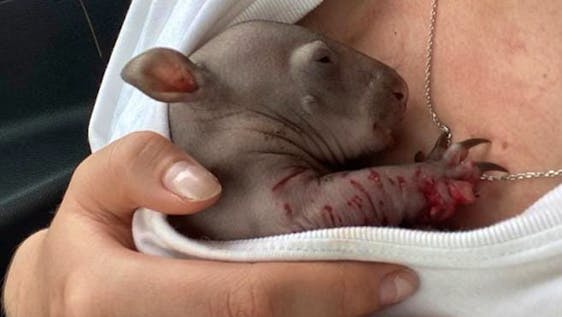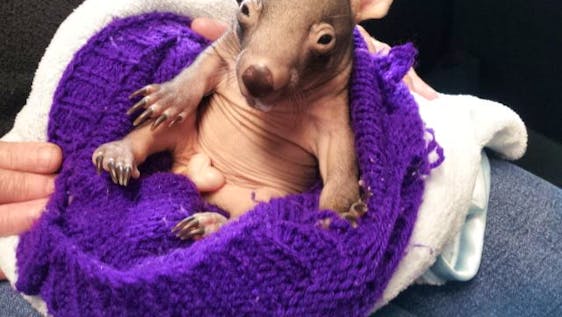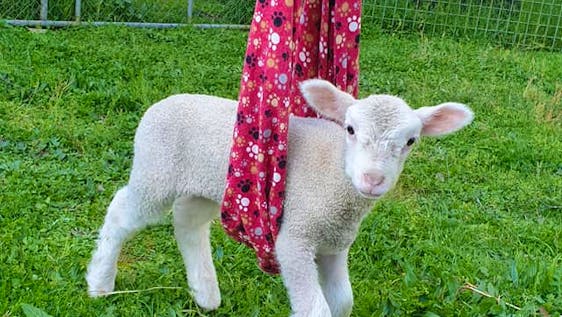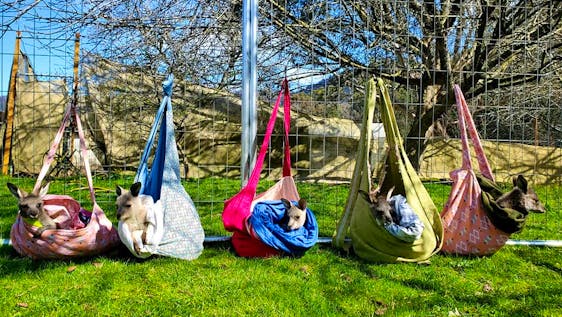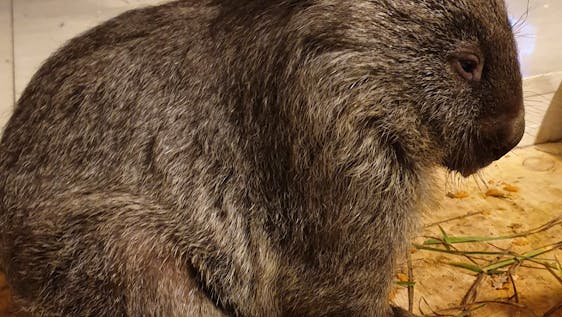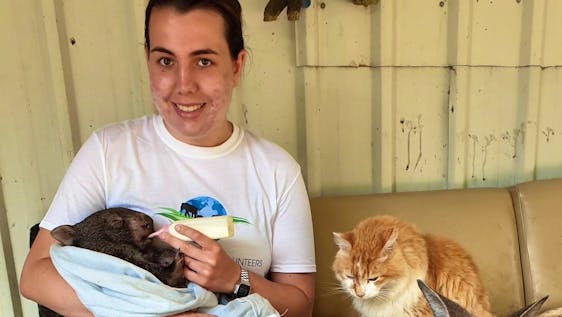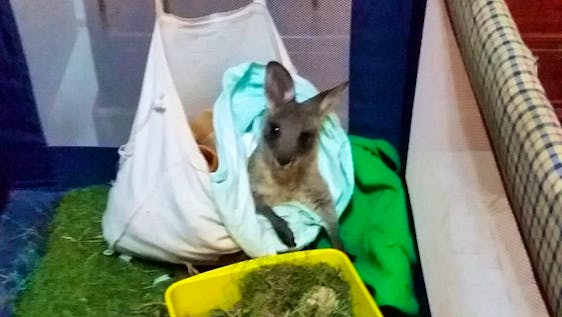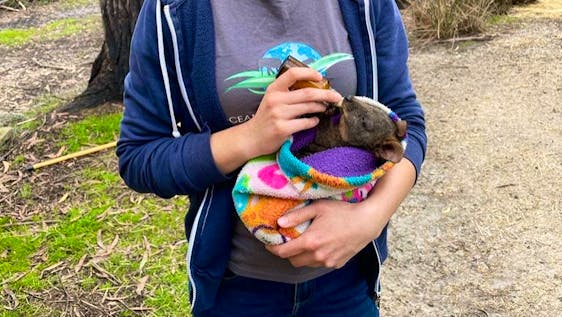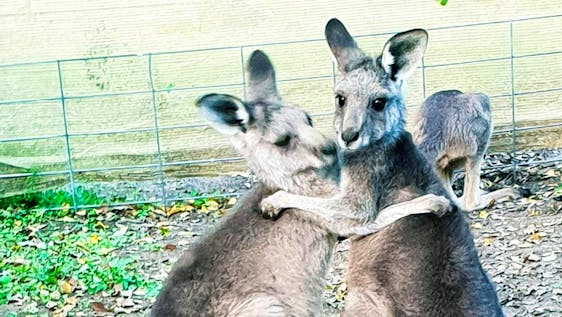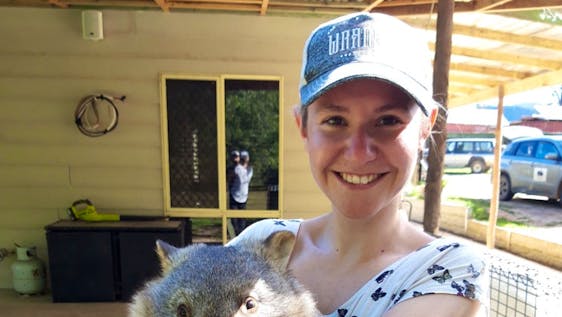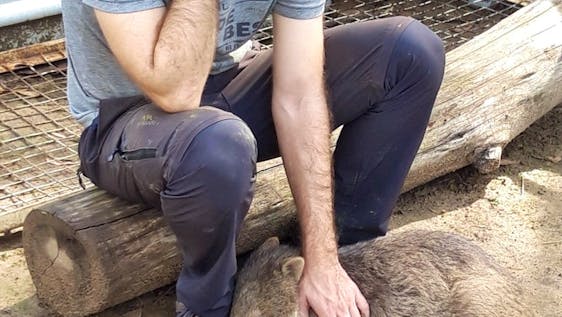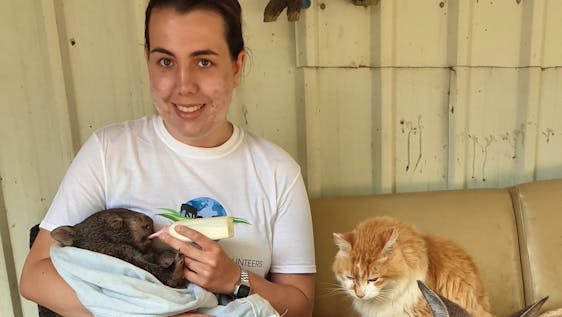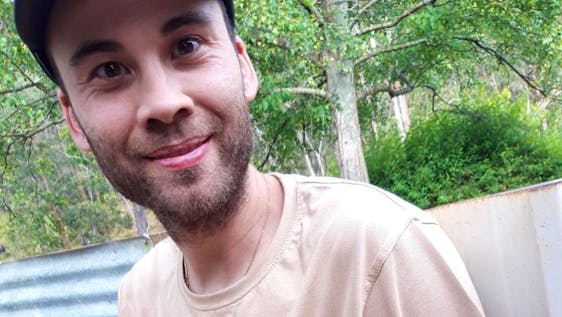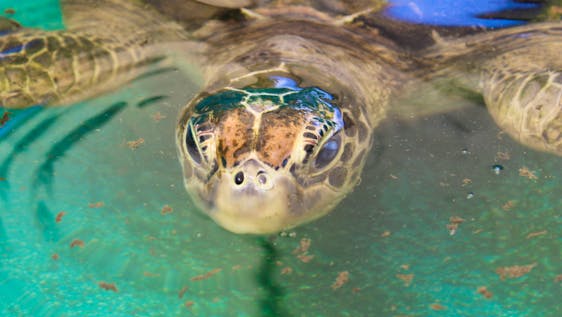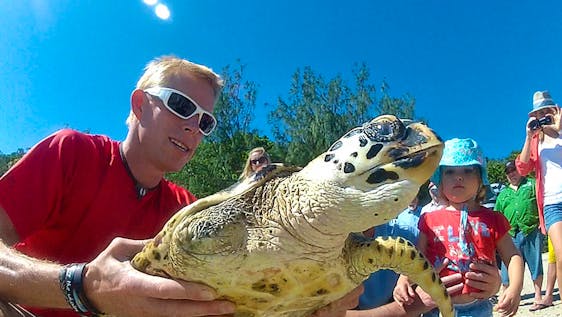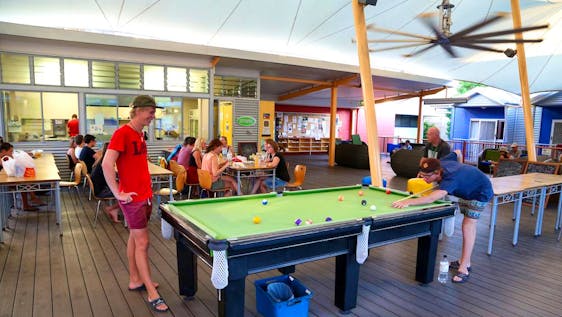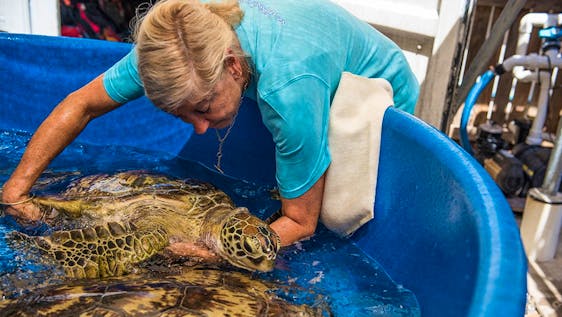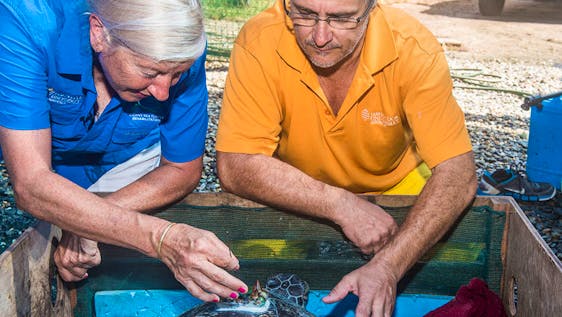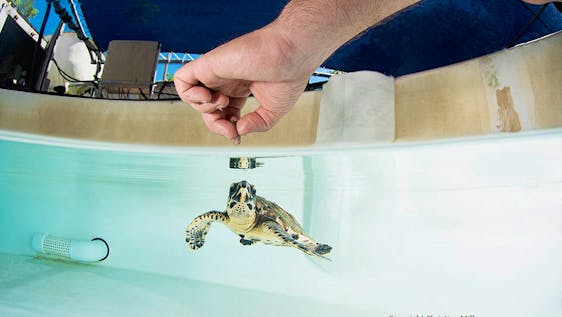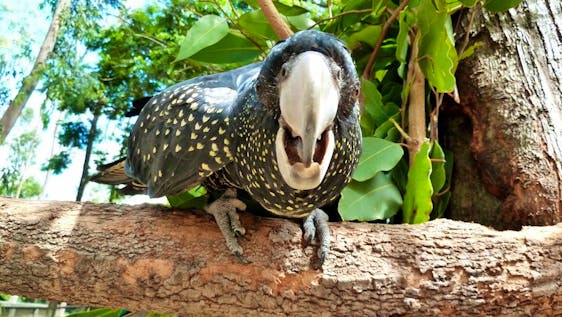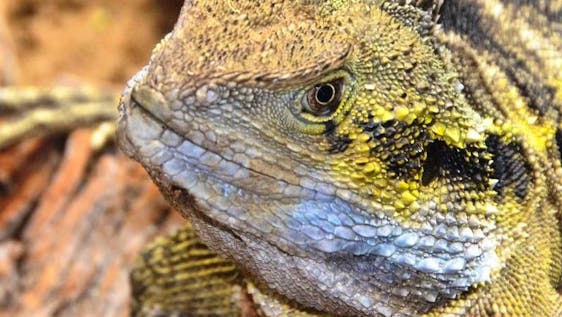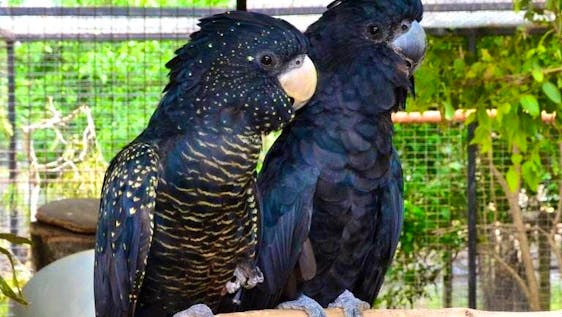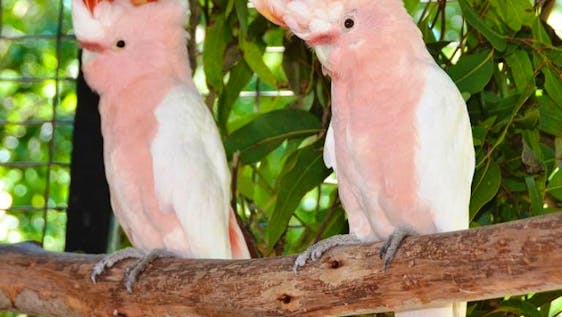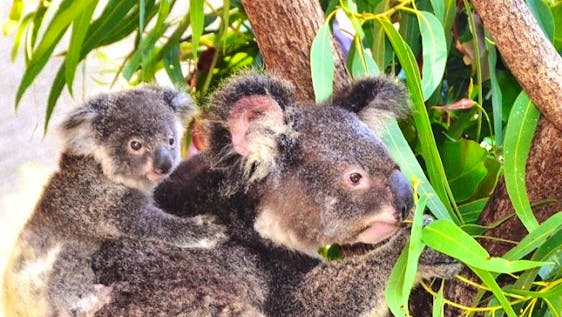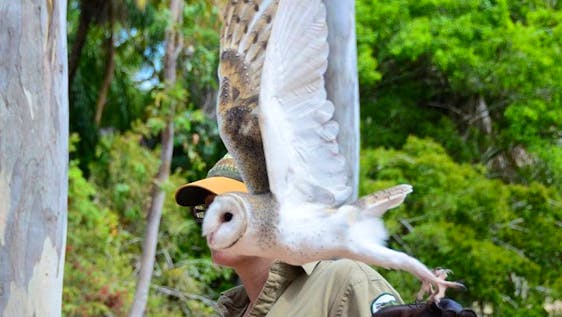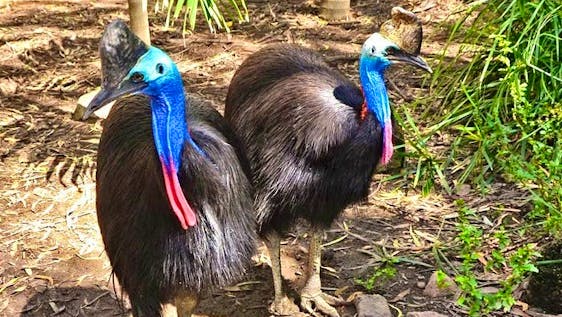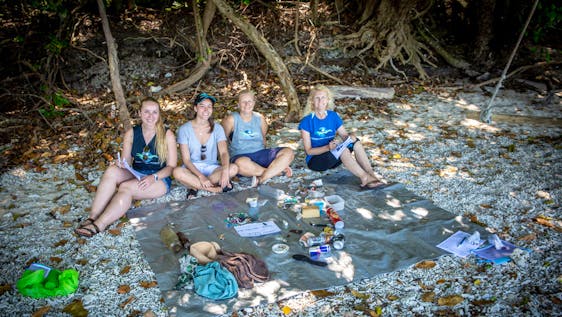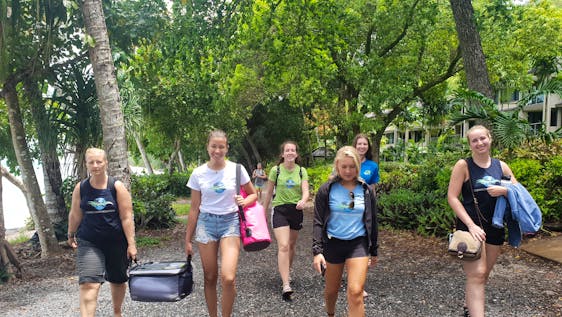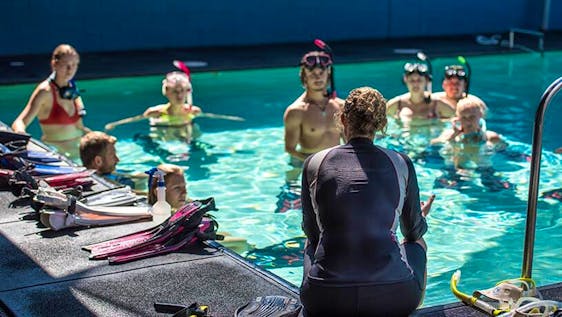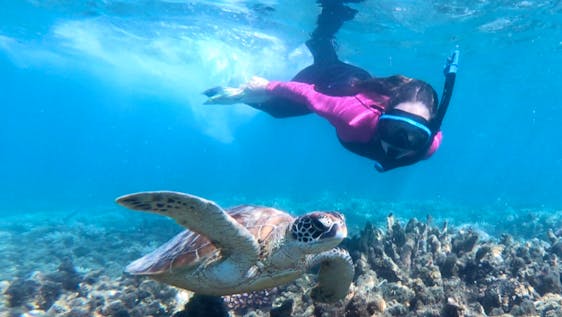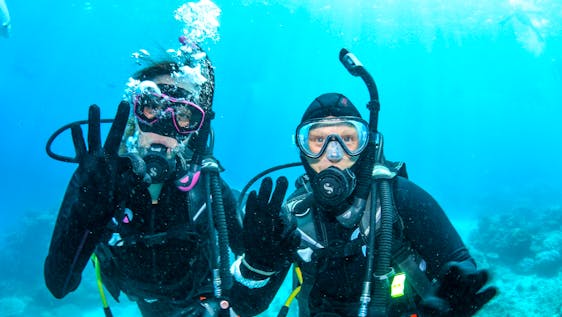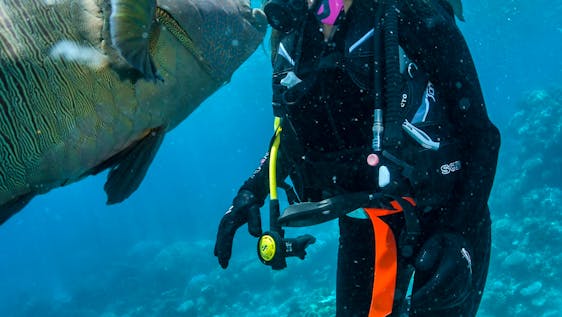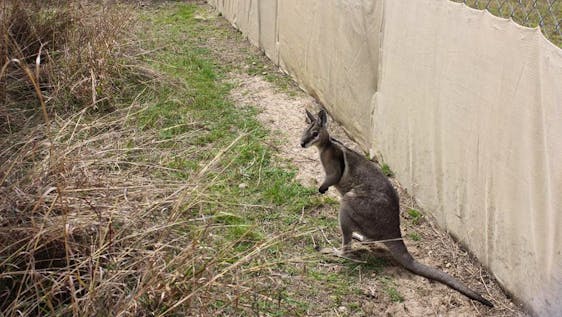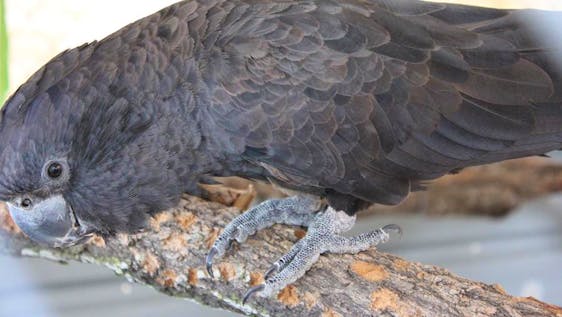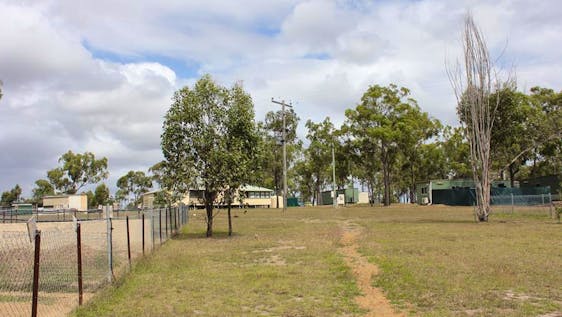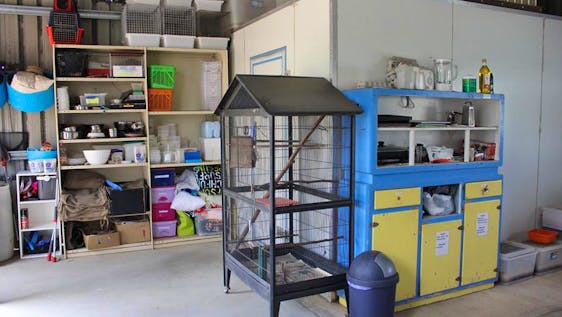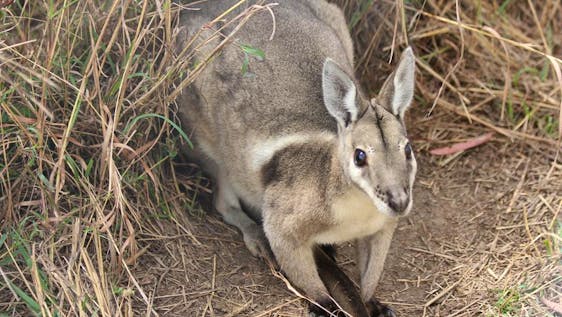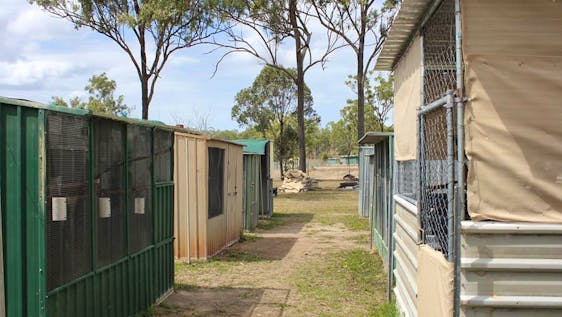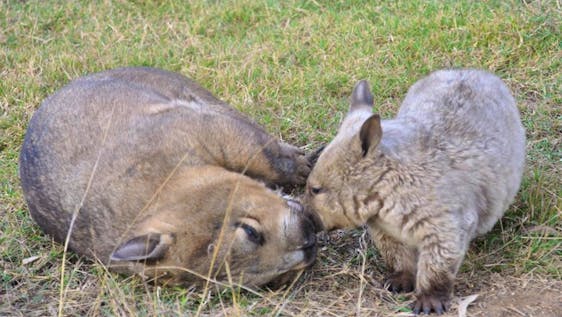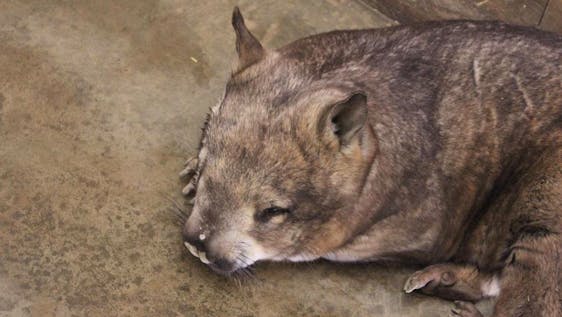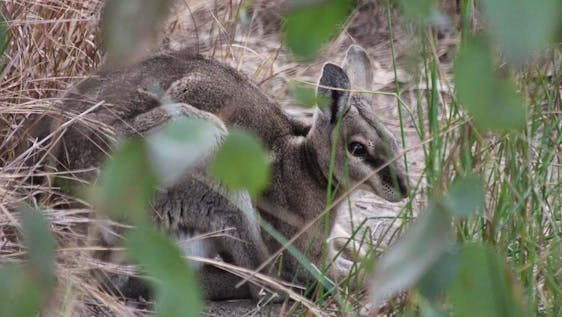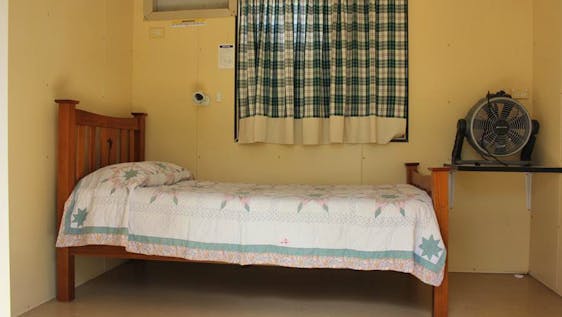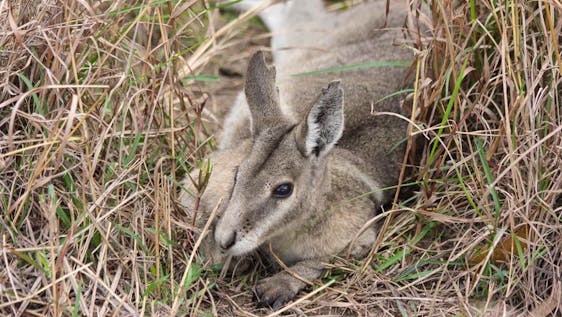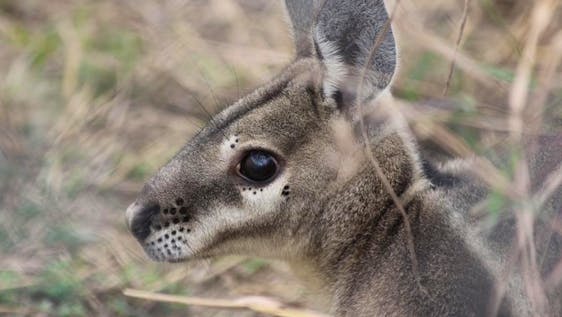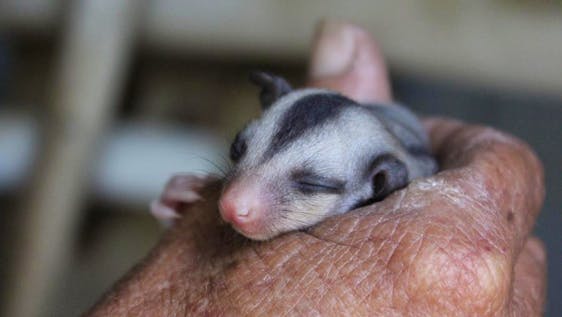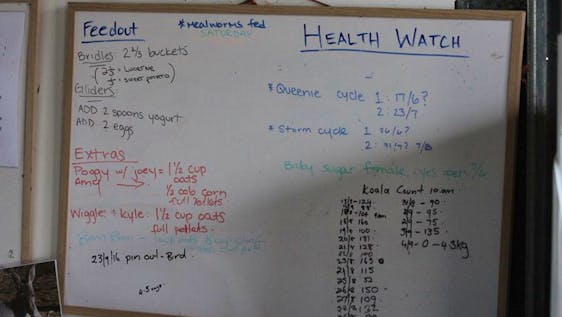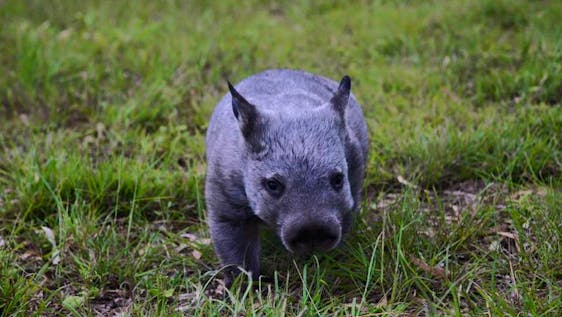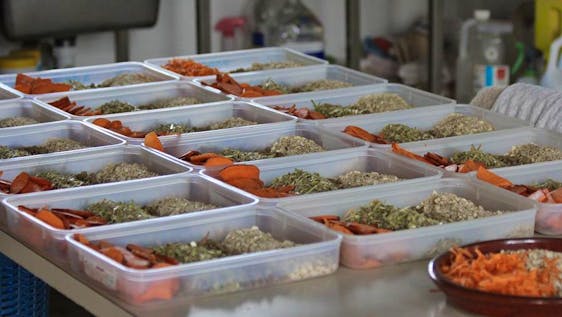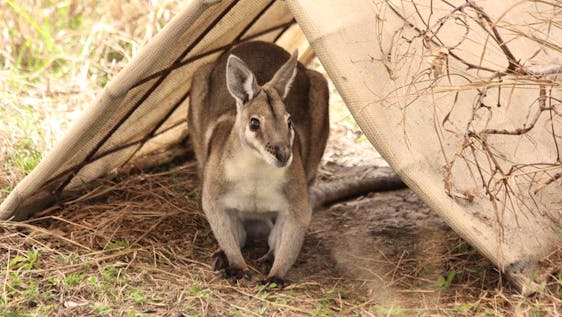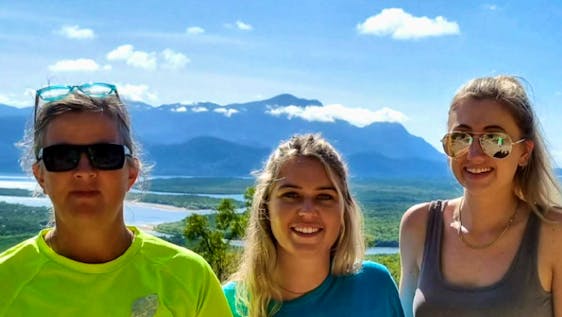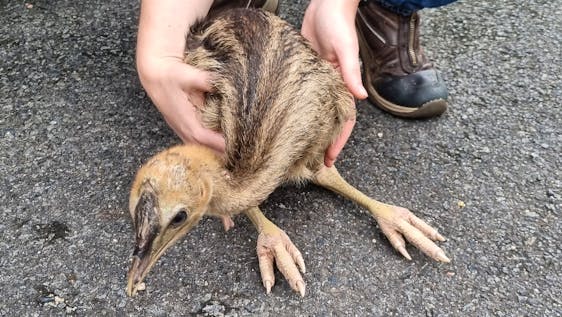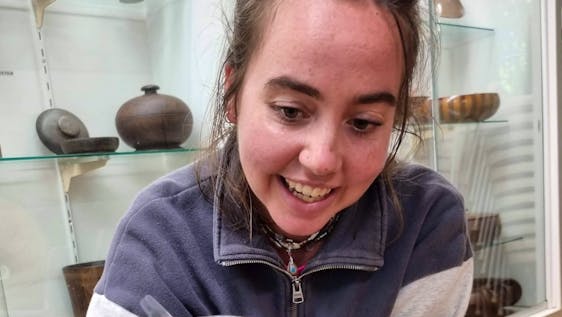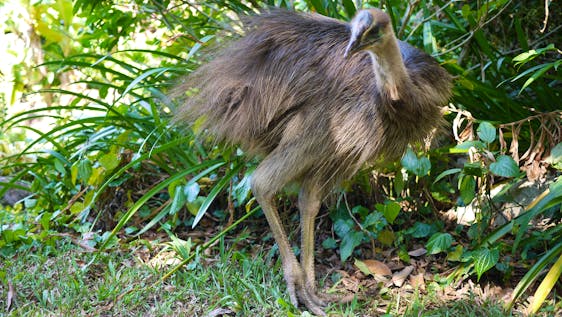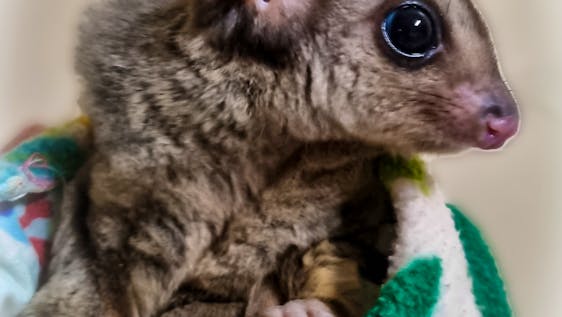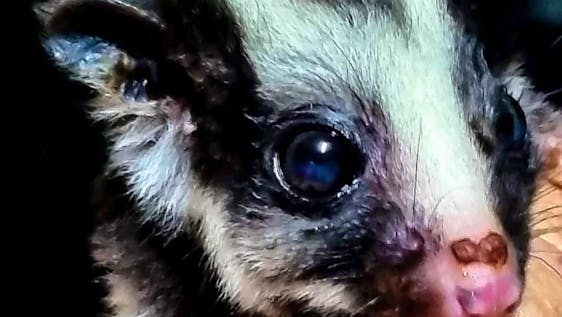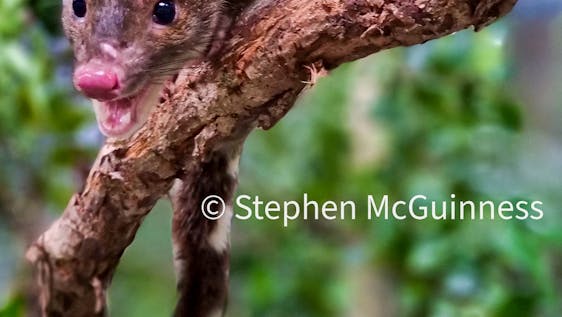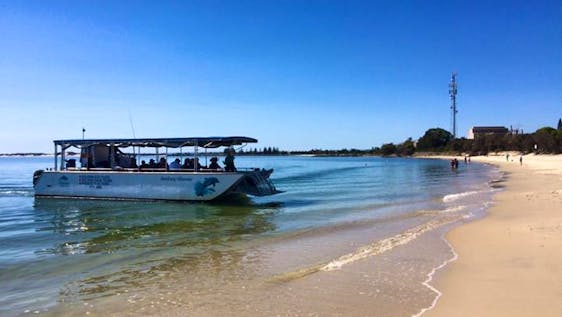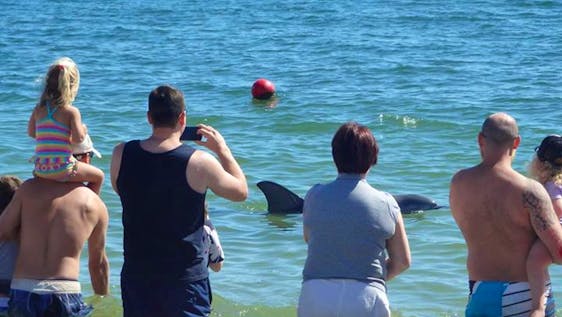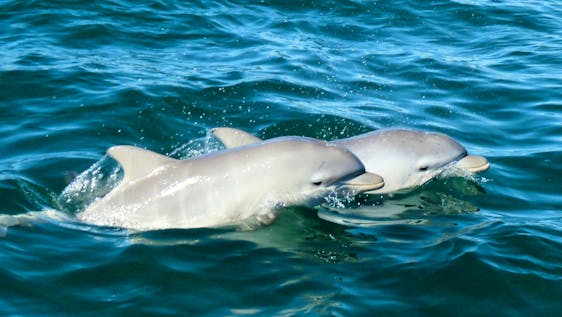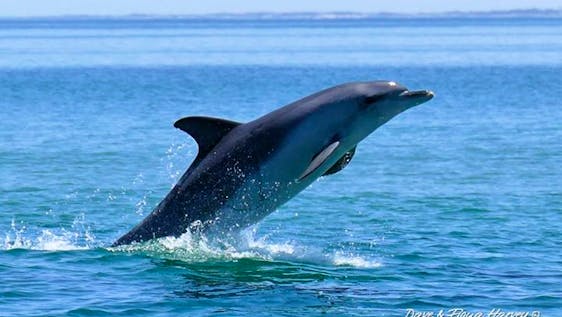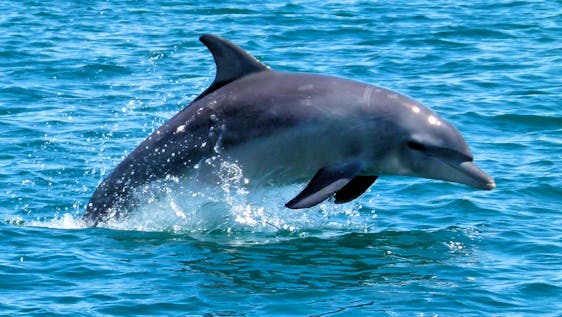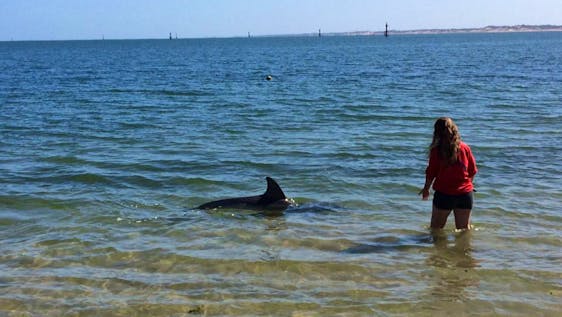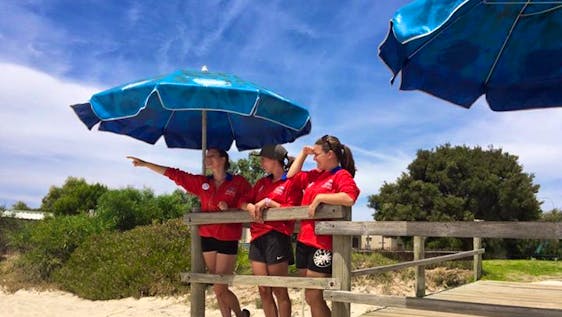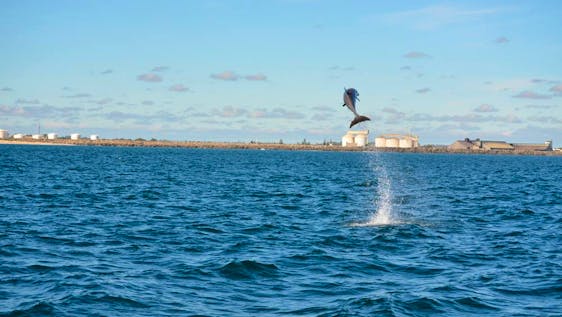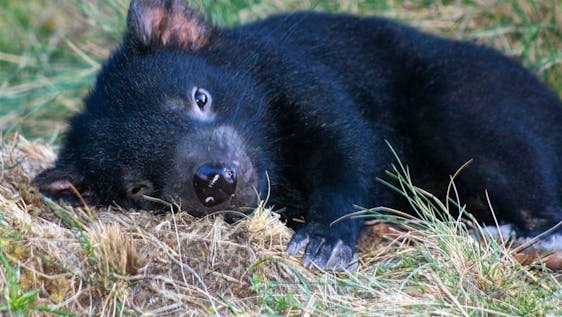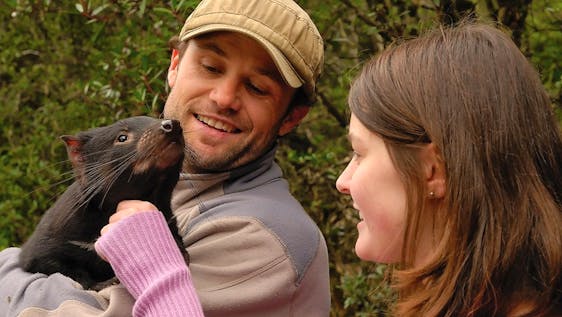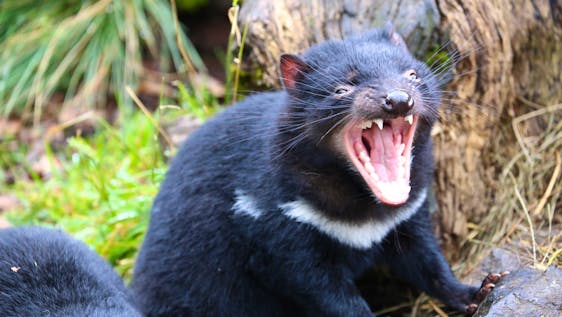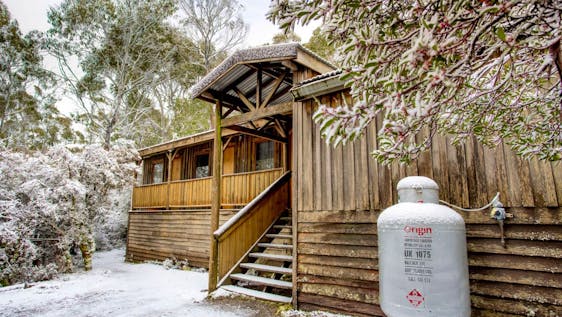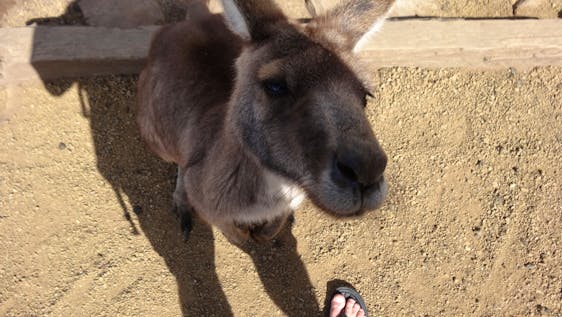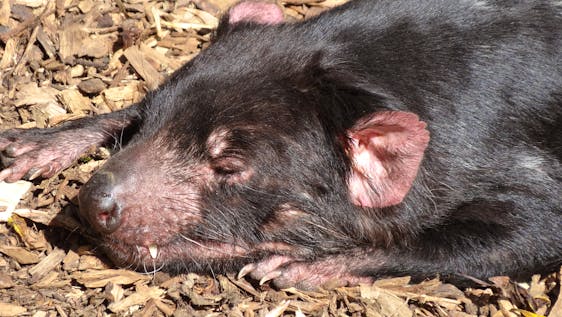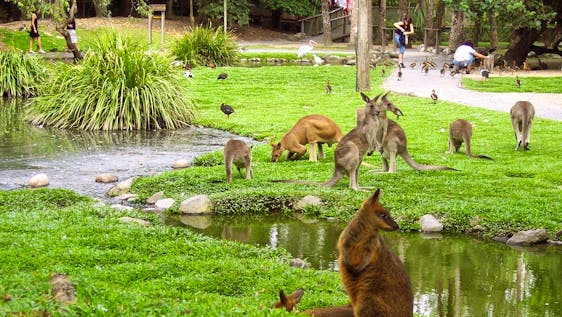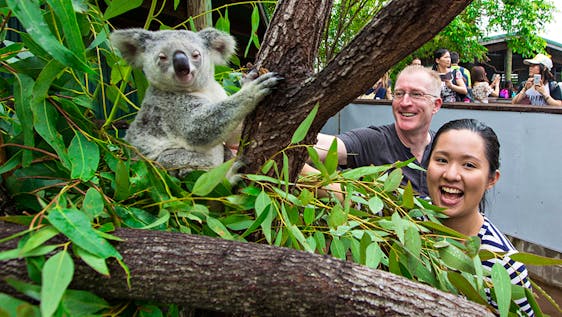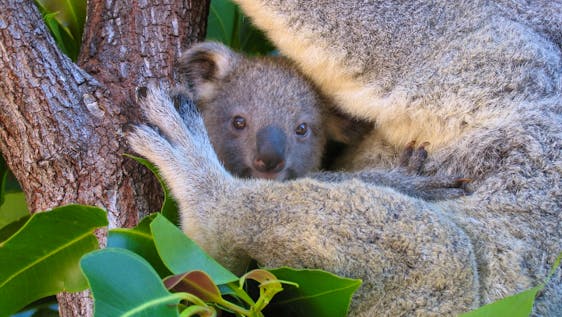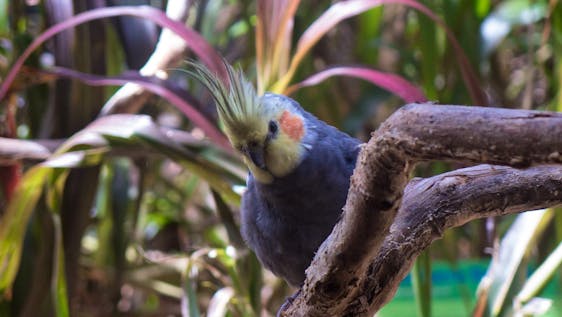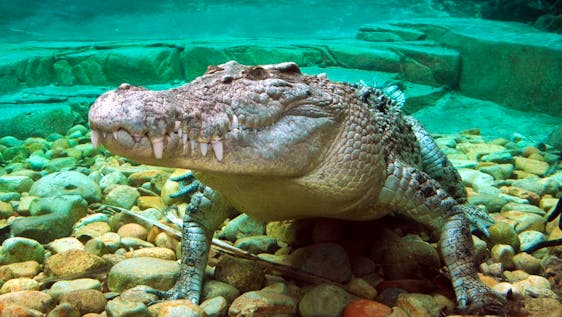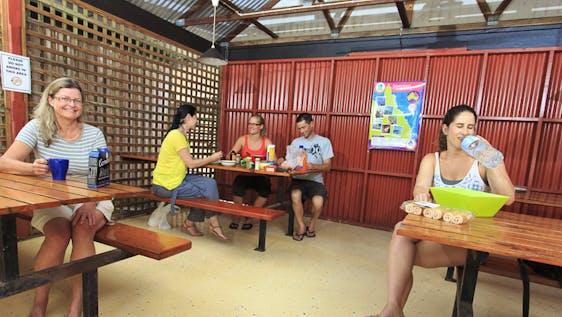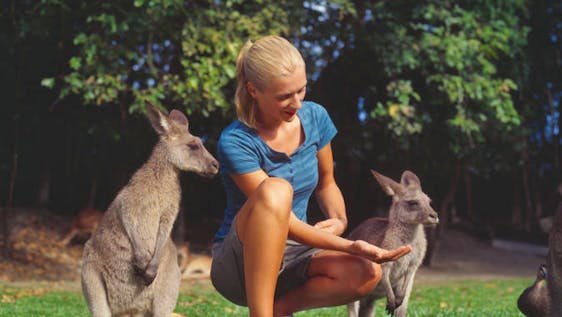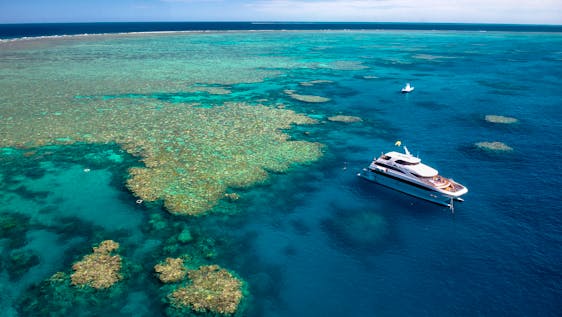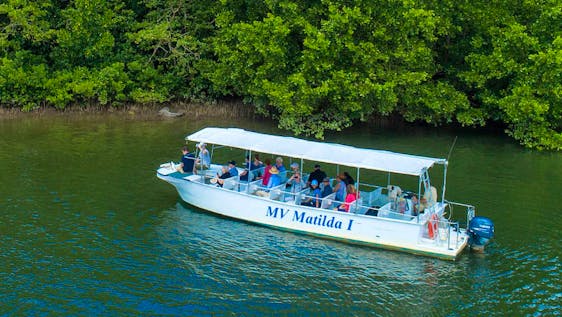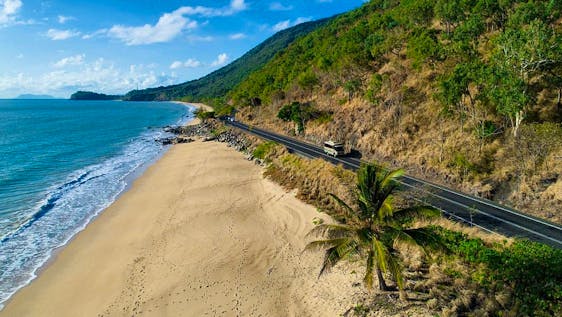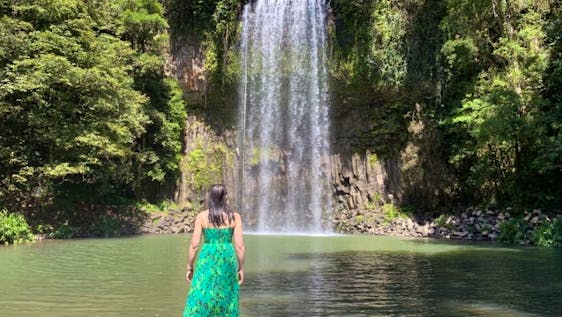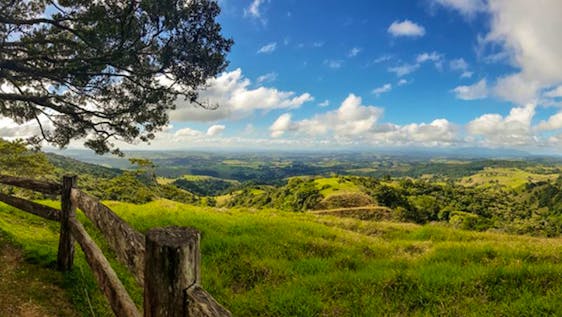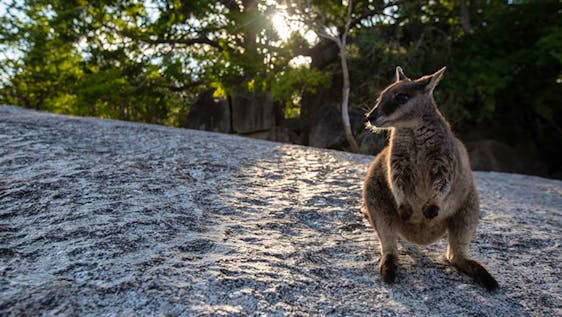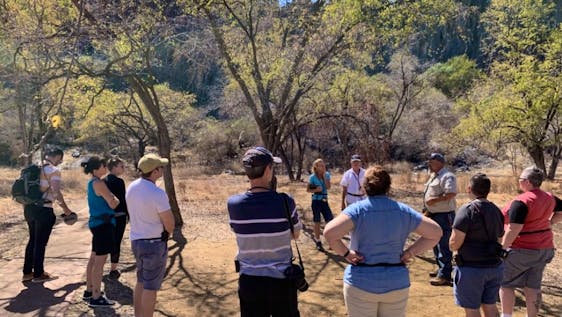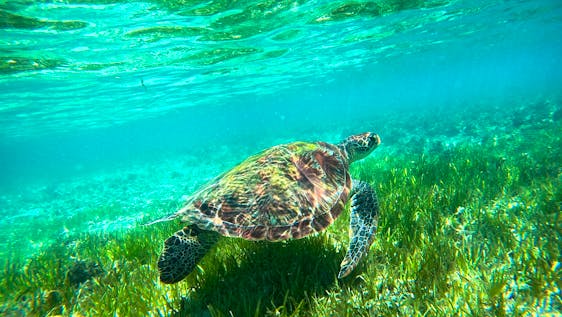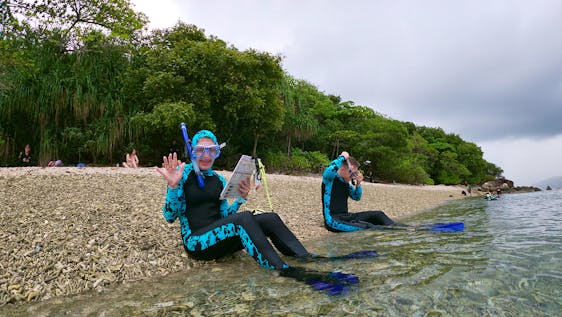Australian Bushfire Conservation
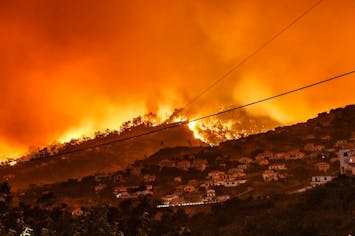
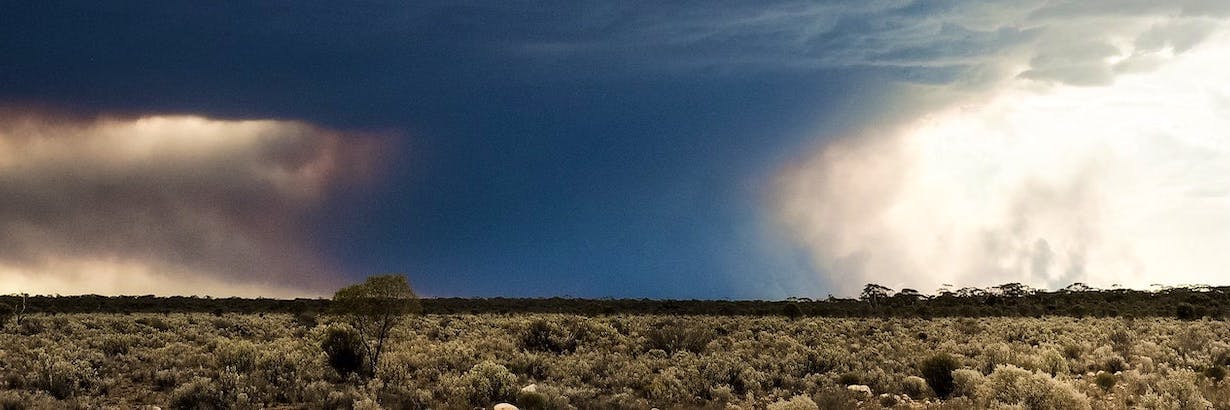
Volunteer Abroad for Australian Bushfires
Bushfires have always been part of Australia’s ecosystem. The extreme fires of recent years, however, is forcing the world to acknowledge that there’s more at play. Extreme heat and drought fuel the bushfires but climate change seems to be the root cause of it. If you’re among the many who are tired of being the passive onlooker, why not volunteer? Discover our volunteer opportunities to support the Australian bushfires. Rescue injured wildlife or join forces with other volunteers and assist with forest rehabilitation.
Besides millions of acres of Australian forests, the latest Australian bushfires have cost the lives of over 1 billion animals. Because most wildlife live in forests, they’re the most vulnerable during the fire season. All efforts for animal rescue and forest recovery are needed to reverse the harm done. Let’s take a closer look to find out the cause and the impact on the environment, wildlife and people. And how you can support this cause.
What Causes an Australian Bushfire?
There are several factors at play when it comes to an Australian bushfire. Weather conditions play a great role but climate change is also mentioned frequently. Continue reading to find out what’s causing the emergency bushfires.
Natural and man-made Fire can start in many ways.
- Lightning
- Arson
- Arcing from overhead power lines,
- Accidental ignition from agricultural clearing,
- Welding
- Campfires
- Cigarettes
- Sparks from machinery
- Controlled burn escapes
The latest fires were caused by lightning and a few cases of humans deliberately starting them.
Drought
2019 was the hottest year on record according to the Australian Bureau of Meteorology. On top of that, it’s also been extremely dry the past 3 years. Severe dryness is one of the main reasons behind the severe fire season. Trees, underbrush, and dry grassy fields fuel fire while brisk winds fan the flames and spread it across the land.
Weather Variability
Weather variability is also mentioned here. The Indian Ocean Dipole was in a positive phase, there was a high positive Southern Annular Mode and the monsoon season was delayed. All this contributed to the extremely dry weather conditions in Australia.
Wildfires aren’t unusual for Australia. They’re an important part of its ecosystem and the planet’s natural carbon cycle. The severity and persistence of the latest fires are alarming, which leads us to the topic of climate change.
Is Climate Change Responsible?
It’s hard to ignore the impact of climate change any longer. The number of environmental disasters are increasing at a record pace. Let’s take a look at what’s leading experts to name climate change as the major cause and how the bushfires also contribute to climate change.
Global Warming is a major contributor
Australia’s climate has warmed 1 degree Celsius in the past century. The frequency of heatwaves and droughts have increased significantly in the past 30 years. This has lead experts to point out climate change as a leading cause for the severity of the emergency bushfires.
Global warming
Fire also contributes to global warming. Until recently, forests in Australia would reabsorb the carbon released during a bushfire. This resulted in zero net emissions. The damage that has been done this season, however, may take years to reabsorb. According to NOAA scientists, 500,000 acres of burnt forest emits the equivalent amount of CO2 as 6 coal power plants during an entire year. Consider that 15 million acres of Australian forests have gone up in smoke this year.
Coal
One of the major contributors to global warming is fossil fuels. ¾ of Australia’s electricity is powered by coal. Coal is also Australia’s 2nd largest resource export according to the Reserve Bank of Australia. Extensive use of this fossil fuel has an undeniable impact on global warming.
What’s the Impact of a Bushfire?
The news informs us daily about the casualties of the fires. Australia won’t be out of the woods yet even after the fires come to an end. Wildlife, waterways, public health, and the economy will all deal with the aftermath for months to come.
Biodiversity
The ecosystem suffers the most during a bushfire. Australia is a biodiversity hotspot and home to over 570,000 species and more than 5% of the world’s plants and animals. Unfortunately, it’s also the continent with the greatest decline in biodiversity during the past 200 years.
The emergency bushfires are exacerbating the effect on wildlife and have cost the lives of over a billion animals. When animals aren’t burned alive, they face death due to habitat loss and a lack of food and safe water. A third of the koala population has reportedly died in the fire already.
Although cute koalas and endearing kangaroos get a lot of attention now and support, each species plays its unique role in the ecosystem. Eliminate one species, and the chain is broken.
Insects, for example, play a critical role in rebuilding ecosystems by decomposing decaying material, aerating the soil, and pollinating plants. This is exactly what creates and restores forests. If a certain insect species would become extinct, this will affect the ecosystem. Both wildlife and forest recovery need all the help and support they can get.
Waterways
Although Australia is desperate for rain to help extinguish the fires, it will also wash ash and eroded soil into the waterways. The bacteria depletes the oxygen in the water which will kill countless creatures and plants living in rivers and lakes.
Public Health
Even public health is affected by an emergency bushfire. They produce so much smoke that ends up circumnavigating the planet affecting countries located kilometers away from Australia. The small particles in smoke will cause respiratory illnesses and heart problems for people susceptible to these illnesses. Canberra currently tops the list of major cities with the worst air quality in the world.
People living in the bushfire areas have evacuated their homes and rely on external support to get their lives together again. Research shows there’s a rise in mental health issues after natural disasters. This will also be the case for the people affected by the bushfire.
Economy
The href="https://www.businessinsider.com.au/australian-bushfires-cost-economy-surplus-government-spending-2020-1" class="vowo-font-action" target="_blank">bushfires of 2009 cost Australia about $4.4 billion. The current fires have scorched 14 times more land than in 2009. The cost of recovery from most recent bushfires are expected to exceed the costs incurred in 2009. Business Insider Australia predicts that the fires will cost Australia 0.25%-1% of their GDP growth. With economic growth of 0,4%, this is a setback that will be hard to swallow.
Produce prices will rise due to the loss of crops and farm animals in the fire. Tourism is taking a significant hit, in the meantime, and consumer confidence is low. Insurance claims are already nearing $400,000, and the emergency fires haven’t reached their end yet.
How can I help?
While the bushfires are ongoing, Australian help organizations have made it clear that money is most useful. That’s why there have been several requests to donate. Volunteers are also in high demand but they need the right training before they can help and support a volunteer organization. If you’re eager to contribute, let’s take a closer look at some of the options.
Donate
The fire departments need funds to finance the expenses related to putting out the bushfires.
Organizations like Red Cross and Salvation Army focus on the people affected by providing emergency support packages.
If animals are your main concern, you can help one of the wildlife nonprofits. They are doing what they can to rescue and rehabilitate animals that were injured in a bushfire. Take a look at WIRES if you want to donate to animals affected by the bushfires.
To avoid scams, donate directly to the organization’s website or the government website.
Travel to Australia
Cancelling your trip to Australia once you hear about the bushfires isn’t the answer if you want to support Australia. Australia will need your tourism dollars now more than ever to recover what has been lost. You can help local organizations that are doing what they can to support those affected by the bushfires, during your trip.
Volunteering
If you continue your travels to Australia, why not combine it with volunteer opportunities that rescue wildlife or restore forests in Australia. Affected wildlife are brought to wildlife rehabilitation centers, all over the country. You don’t need to volunteer in the bushfire area of Victoria, NSW, or South Australia to make a difference.
If you prefer looking at the bigger picture and want to address the root cause, why not tackle climate change? You don’t even need to volunteer in Australia to do this. Volunteer worldwide and join one of the reforestation programs, ocean clean up projects, or mangrove and reef conservation centers around the world. These are important efforts of nature recovery which will positively impact global warming.
The volunteer opportunities on our platform are suitable for volunteers of all skill levels. Most programs will excite animal lovers because they give you the chance to connect with Australia’s unique species.
Share your experience
If you volunteer, be sure to share your experience and knowledge on the subject with others. Use social media to spread awareness on the topic and inform others about what’s going on. Even if you haven’t volunteered or donated, share valuable information you have come across not the topic.
What will I do as a Volunteer for Australian Bushfires?
Animal rescue
Most volunteer programs are focuses on the affected wildlife. These are animals that have been injured in a fire and rescued. These rehabilitation centers focus on treating them so they can be released back into the wild soon after. This isn’t always the case, however, some creatures are so severely injured that they need ongoing care and support for the rest of their lives.
There are a few of the tasks you’ll be involved with if you decide to join an animal volunteer program:
- bottle feeding all young animals
- toileting young animals after feeds
- exercising young animals
- assisting in rescue calls
- assisting in emergency medical treatment
- cleaning animal enclosures
- building / repairing animal enclosures
- browsing for grass and gum leaves in the forest
- picking apples
- keeping the grounds clean and tidy
Forest Recovery
Forest recovery project will positively impact climate change. If you can’t find one in Australia, you can volunteer anywhere around the world. Forest recovery and rehabilitation projects will require the following tasks:
- Harvesting
- Studying and monitoring wildlife in their natural habitat
- Fieldwork
- Checking and setting camera traps
- Photo-point monitoring
- Species observations
- Data input
- Building enclosures
- Maintaining hiking trails
- Planting trees
- Eliminating invasive species
Top 5 Benefits of Volunteering Abroad
Volunteering is an excellent way to broaden your horizons, explore a new country and get out of your comfort zone. It’s also your chance to help and support a good cause. Let’s look at the top 5 benefits of volunteering abroad.
Travel Volunteering abroad is a great reason to travel and explore a destination you’ve always been curious about. The great thing about volunteering is that it will allow you to connect you with the local community. After your volunteer experiences you will also understand the country and culture in a way you never would as a tourist. It’s also a very sustainable way of traveling where you’re giving back to your travel destination.
Meet new people Volunteering will connect with you others that share your interests and values. You’ll work closely with other fellow volunteers and get to know each other well. Who knows, maybe you’ll find your soulmate on your next volunteer trip.
New Experiences Volunteering can feel quite daunting. It’s working in less than ideal circumstances and you don’t even get paid for it. It will be tough at times but the pride you’ll feel after sticking through it will be worth it. Difficult experiences prepare you for future adventures. Volunteer and see what adventure the future will bring.
Great for your resume Future managers love hiring people that have practical work experience and take responsibility. By volunteering abroad, you’re demonstrating both of these things. You’re actively doing something about something you care about and you don’t shy away from some hard work. Some volunteer opportunities can even count as internships if your university acknowledges it.
Culture Nothing will expose you to a culture the way a volunteering experience will. You’ll either be working with locals or helping locals. Cultural interchange is so important to enable understanding of each other. Communicating with each other and sharing our life experiences will broaden our perspective. Are you ready to see the world in a different way?
Who can work as a volunteer?
Minimum stay and Language requirements Each volunteer organization has their own requirements. Some even have a minimum stay requirement. English is the main language in Australia which means volunteers should have a good understanding of English to participate in a volunteer program.
Education level Check the program requirements to know if the volunteer organization has set an education level for their volunteers.
Age requirement All programs are accessible from the age of 18. Some programs, however, accept volunteers from the age of 15.
Physical requirements Some programs are physically strenuous. Volunteers may require a good level of physical fitness to help in some programs. In some cases, they may even require a health declaration from their doctor.
Workday Australia can also get very hot in the summer. Keep this in mind when you decide to volunteer for something that can be physically exhausting. Also check out the estimated working hours a day of your volunteer project so you know what will be expected.
Criminal background check Projects that work with children require a criminal background check. Keep an eye out for the program requirements. Each program is different and we want to make sure you’re well-prepared.
How can I volunteer?
If you’re ready to volunteer but you’re not quite sure how to get started, take a look at the following 3 steps that will prepare you for your volunteer program abroad:
- Check whether there’s a match between you and the volunteer project by looking at their itinerary and their requirements.
- Take a look at the project location and decide whether you want to travel there.
- Get in touch with the organization and see whether your expectations and schedules match up.
Once this is sorted, let’s take a look at some more practical steps:
Insurance (Health & travel) We recommend getting both health and travel insurance. This is a requirement for most programs abroad. Get in touch with your program contact person to find out if an insurance plan is already in place for volunteers.
Visa, Passport, and Documentation Once you know where you’re going, take the following 3 steps before you set off on your life-changing adventure!
- Look into the visa requirements of your volunteer country.
- Make sure you have a valid passport considering the requirement of the host country. (For some countries it’s 6 months!!!)
- Prepare your documents for the visa application.
That’s it! You’re ready for Australian bushfire volunteering.
Get ready for an exciting journey where you’ll be supporting a great cause. This natural disaster has received a lot of media coverage because of the damage done. The great thing is, you’re taking action and are going to help! Whether you’re working with animals or supporting forest recovery, you’re making a difference! Australia needs all the help they get.
 Kangaroo Conservation
Kangaroo Conservation
 Hotspots
Hotspots
 Activities
Activities
 Oceania
Oceania
 Australia
Australia
 Australia and New Zealand
Australia and New Zealand
 Animal
Animal
 Sea Turtle Conservation
Sea Turtle Conservation
 Wildlife Conservation
Wildlife Conservation
 Koala Conservation
Koala Conservation
 Koala
Koala
 Kangaroo
Kangaroo
 Wallaby
Wallaby
 Wombat
Wombat
 Wombat Conservation
Wombat Conservation
 Possum Conservation
Possum Conservation
 Queensland
Queensland
 Waste Reduction
Waste Reduction
 Animal Shelter
Animal Shelter
 Cairns
Cairns
 Great Barrier Reef
Great Barrier Reef
 Vegan
Vegan
 Bird Conservation
Bird Conservation
 Marine Conservation
Marine Conservation
 Diving
Diving
 Coral Reef
Coral Reef
 Premium
Premium
 Environment
Environment
 Plastic Reduction
Plastic Reduction
 Ocean Cleaning
Ocean Cleaning
 Leatherback Turtle
Leatherback Turtle
 Cats
Cats
 Dog
Dog
 Reptile Conservation
Reptile Conservation
 Green Sea Turtle
Green Sea Turtle
 Hawksbill Turtle
Hawksbill Turtle
 Marine Life
Marine Life
 Crocodile
Crocodile
 Cockatoo
Cockatoo
 National Park
National Park
 Loggerhead Turtle
Loggerhead Turtle
 Olive Ridley Turtle
Olive Ridley Turtle
 Owl
Owl
 Macaw
Macaw
 Parrot
Parrot
 Diving certificate
Diving certificate
 Beach Cleaning
Beach Cleaning
 Sugar Glider Conservation
Sugar Glider Conservation
 Dolphin Conservation
Dolphin Conservation
 Bottlenose Dolphin
Bottlenose Dolphin
 Tasmanian Devil
Tasmanian Devil
 Tasmania
Tasmania
 Voluntourism
Voluntourism
 Volunteer and Travel
Volunteer and Travel
 Indigenous cultures
Indigenous cultures
 Hiking
Hiking
